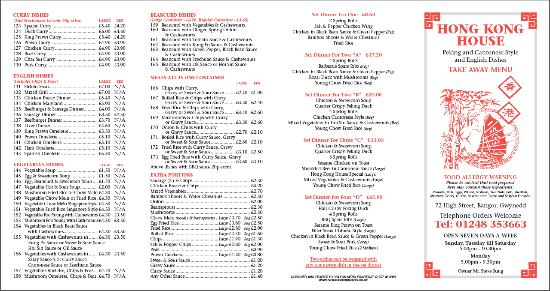

He opened the can for the store’s top buyer but luckily he was able to block the view of the can’s contents. In Philadelphia, Paulucchi was trying to demonstrate the quality of his chop suey. As mentioned, he bought cast-off celery trimmings as a primary ingredient.Īuthor Joel Denker in The World on a Plate: A Tour Through the History of America’s Ethnic Cuisine, recounts a story that Jeno himself told of a mishap that could have cost him the Food Fair account. The quality of his canned innovations was, at first, questionable. New Brunswick, NJ, Rutgers University Press, 2015. His first large supermarket account was Food Fair. From Canton Restaurant to Panda Express: a history of Chinese food in the United States. At first, his sales were to local Minnesotans, selling to, of all people, a Scandinavian market, but he soon went national. Jeno started the company with a borrowed $2500. Paulucchi had grown up in the grocery business, and after serving in Asia during World War II, he came home thinking about how much his fellow soldiers like chop suey. He patented his unique product, which had the ‘chow mein’ or noodles, in a separate compartment from the vegetables.īy the middle of the 1950s, canned Chinese food was one of the most popular “international foods” sold in grocery stores. His first product was canned Chow Mein, using bean sprouts grown locally by Japanese immigrants, and leftover celery trimmings. Luigino ‘Jeno’ Paulucchi started the Chun King corporation during the later 1940s.

One of the first to see it was a man of Italian ancestry. While Chinese immigrants were starting Chinese restaurants in the United States during the early part of the 20th century, the potential for mass distribution of ready-prepared Chinese dishes was not readily apparent. Chun King Chow Mein Was the First Canned Chinese Food Sold in the U.S.


 0 kommentar(er)
0 kommentar(er)
